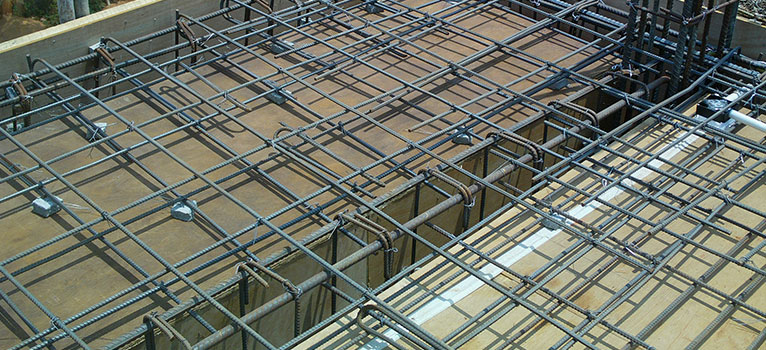
Bar Bending Works
Bar bending is a tabular form of data that includes different steel dimensions, the geometry of bending, the lengths of each bending and straight section, inclinations of bending, the maximum assessment of each bar, and the quantity of each kind of bar. A bar bending schedule (BBS) is a tabular breakdown of reinforcing bars that includes details such as bar type, total length, weight, and a drawing of the desired bending shape. Generally speaking, a bar bending schedule is developed for every different kind of RCC operation. During the building process, the need for bars of varying widths and lengths may be determined with the assistance of BBS, and the bars can be organised and bent according to those specifications.
Details such as bar size and type, bending shape, number of sets or individual bars, bar length (in running metres) and overall length, and total weight are provided. The process of cutting and bending steel bars is carried out by labourers at the construction site. Because the labourers working on site do not have a strong technical background, it is challenging to explain what they are doing with the assistance of drawings. Mistakes in steel cutting and bending are possible. Because BBS specifies both the bar’s design and its cutting length, elucidating the concept to them is a breeze.
A supervisor is able to easily instruct the workers, and the workers are able to do the necessary work in accordance with the needs and parameters of the structural design.